Today’s post is part of my continuing effort to show my British 35mmc colleagues that California is not all freeways and rapidly built neighborhoods. There are pockets of history here, if you know where to look! Your local pub may predate the Magna Carta, but we have our own gems here and there.
Case in point today is the small town of Angels Camp in the foothills above Sacramento. Founded in 1849 as a gold mining camp by George Angel, Angels Camp was at the epicenter of the California Gold Rush. According to the State Department of Parks and Recreation, $100-million in gold was mined from the local hills.
Aside from the gold, however, Angels Camp is perhaps most famous as the locale for Mark Twain’s classic story, “The Jumping Frog of Calaveras County,” about two local characters betting whose frog can jump the farthest. The story led to international acclaim for Twain, and launched his career. A very large plaque on the historic Angels Hotel marks the location where Twain first heard the anecdote that he expanded into the Jumping Frog.
To capture this quaint, historic town, I brought my 1950s Zeiss Ikon Super Ikonta (533/16), a camera that I’ve reviewed here in the past. I loaded a roll of Ilford HP5, pocketed a vintage Sekonic 378 light meter, and set out on a brief walk up and down the main street. Here are the photos:
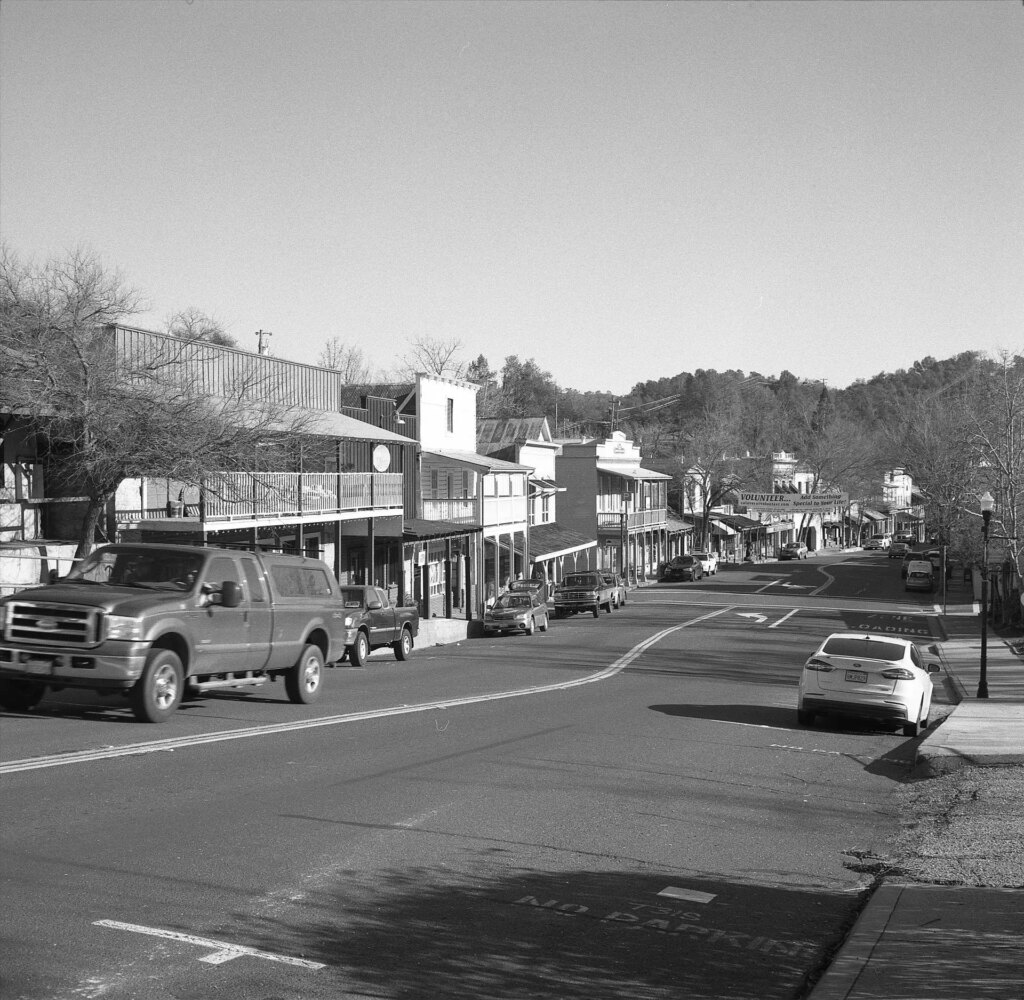
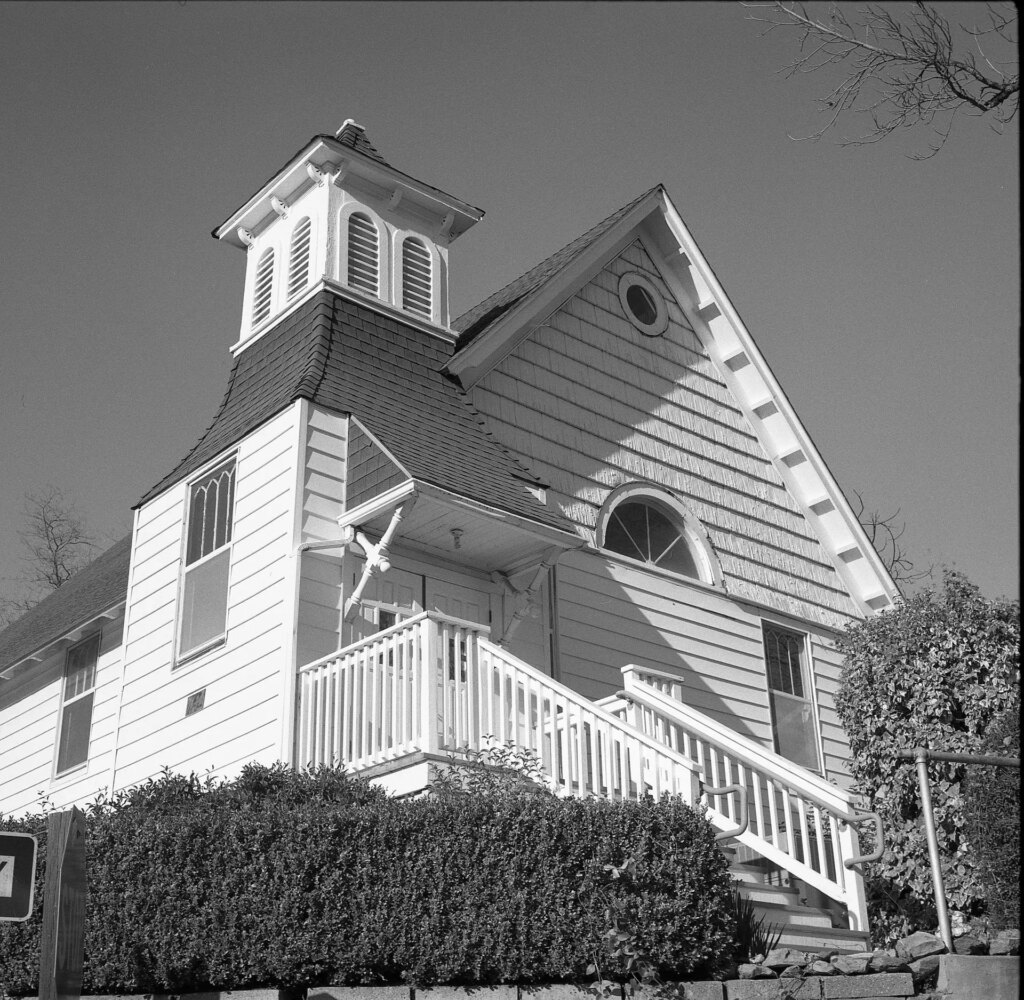
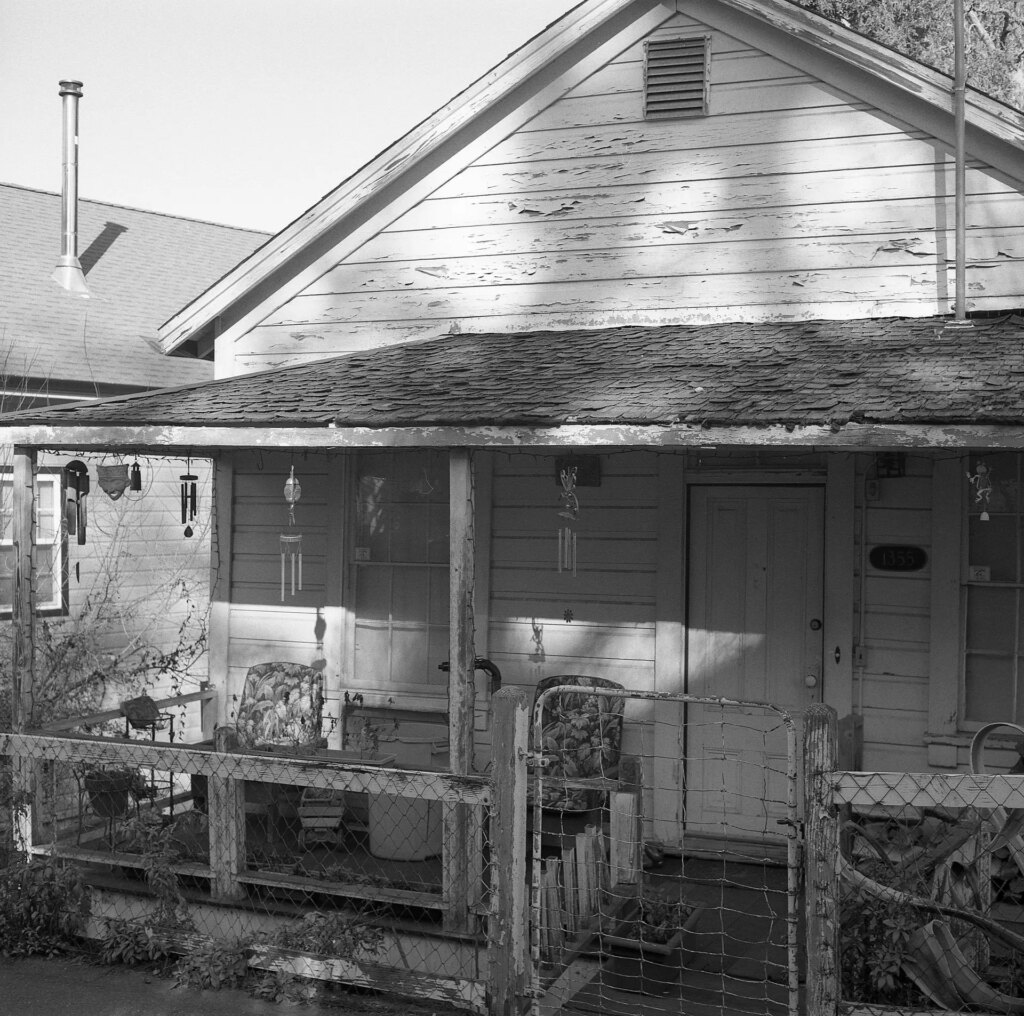
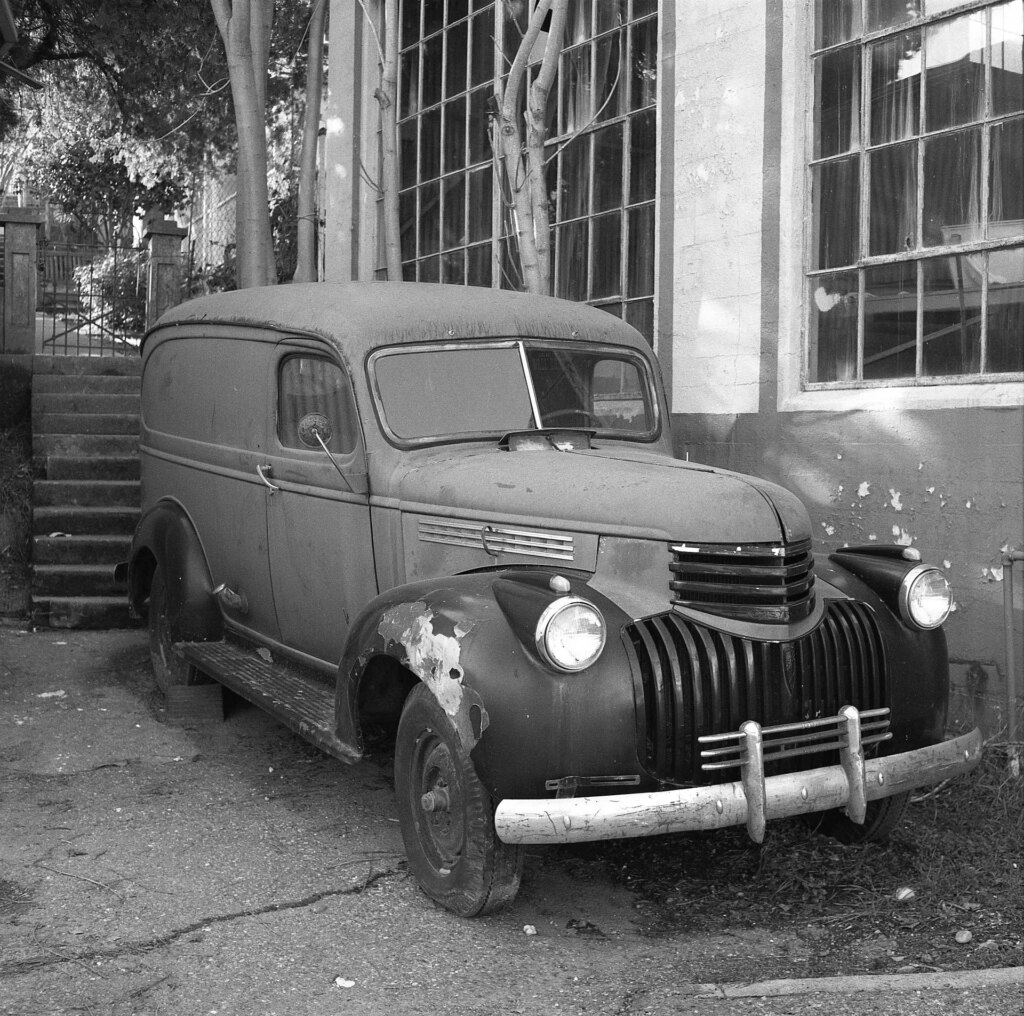
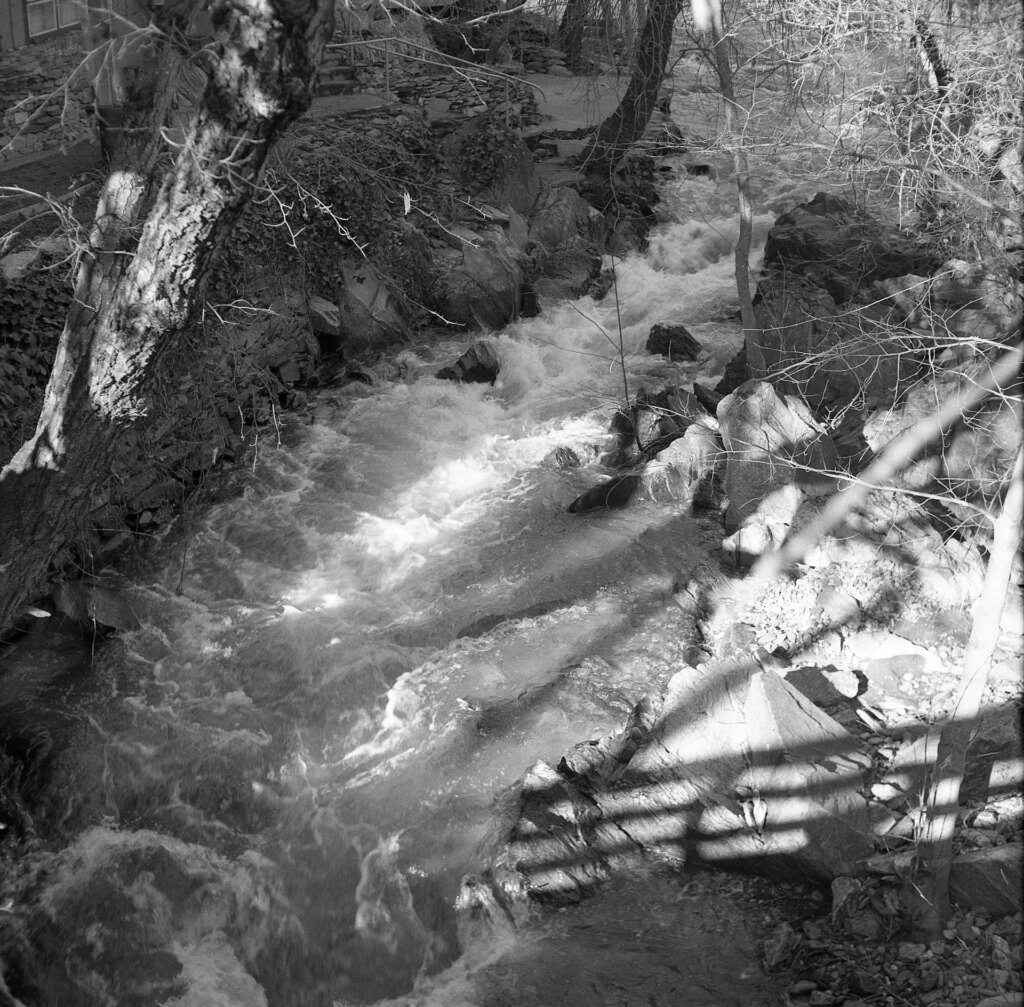
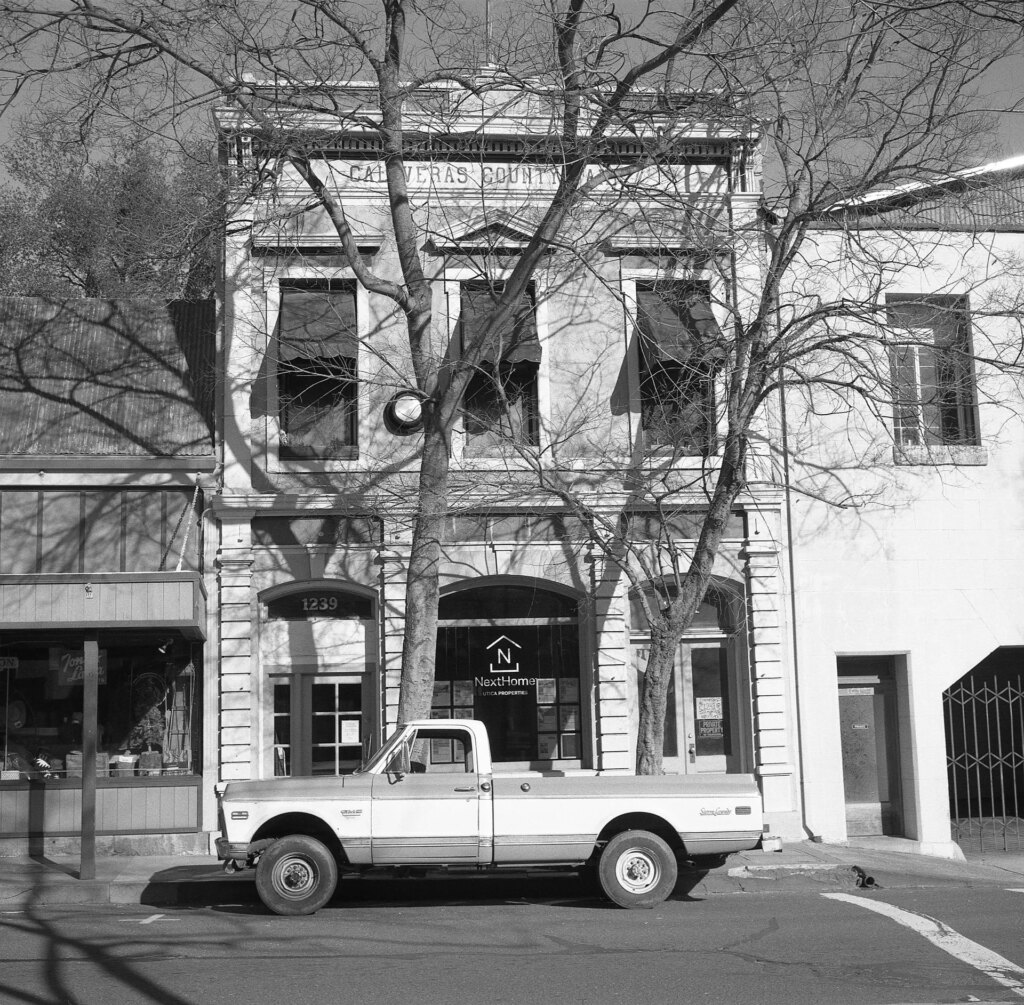
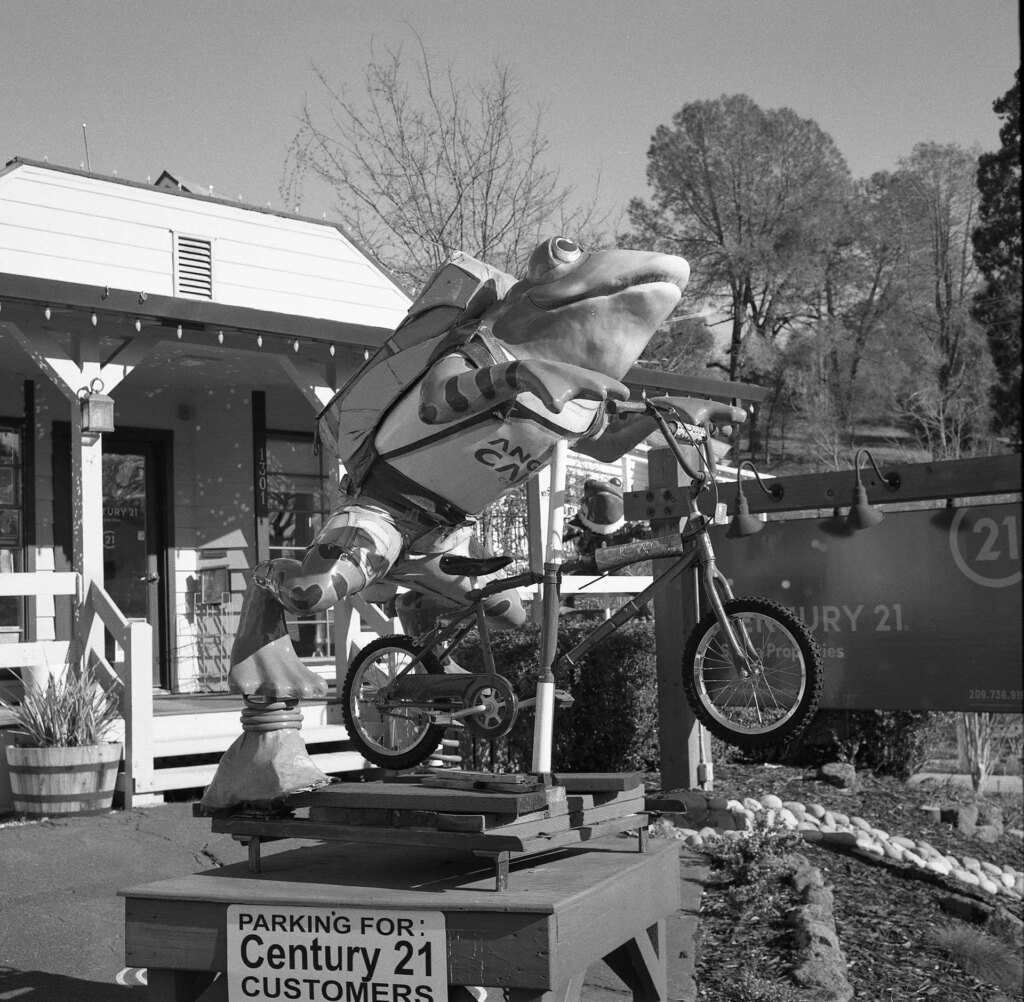
As always, my Zeiss Ikon performed perfectly. It has some very minor problems with the spacing of images on the film, but everything else works perfectly (except the old Selenium meter). The 80mm Zeiss Opton lens is of a Tessar design, and is amazingly sharp. My version of the Super Ikonta (there were many) is equipped with a rangefinder that is still, after some 70 years, spot-on accurate and bright and lets me nail focus every time.
To see some another of my adventures in Old California with an old camera, click here for photos from San Benito, home of a historic Spanish mission. Photos of a variety of subjects are available on my Instagram.
Share this post:
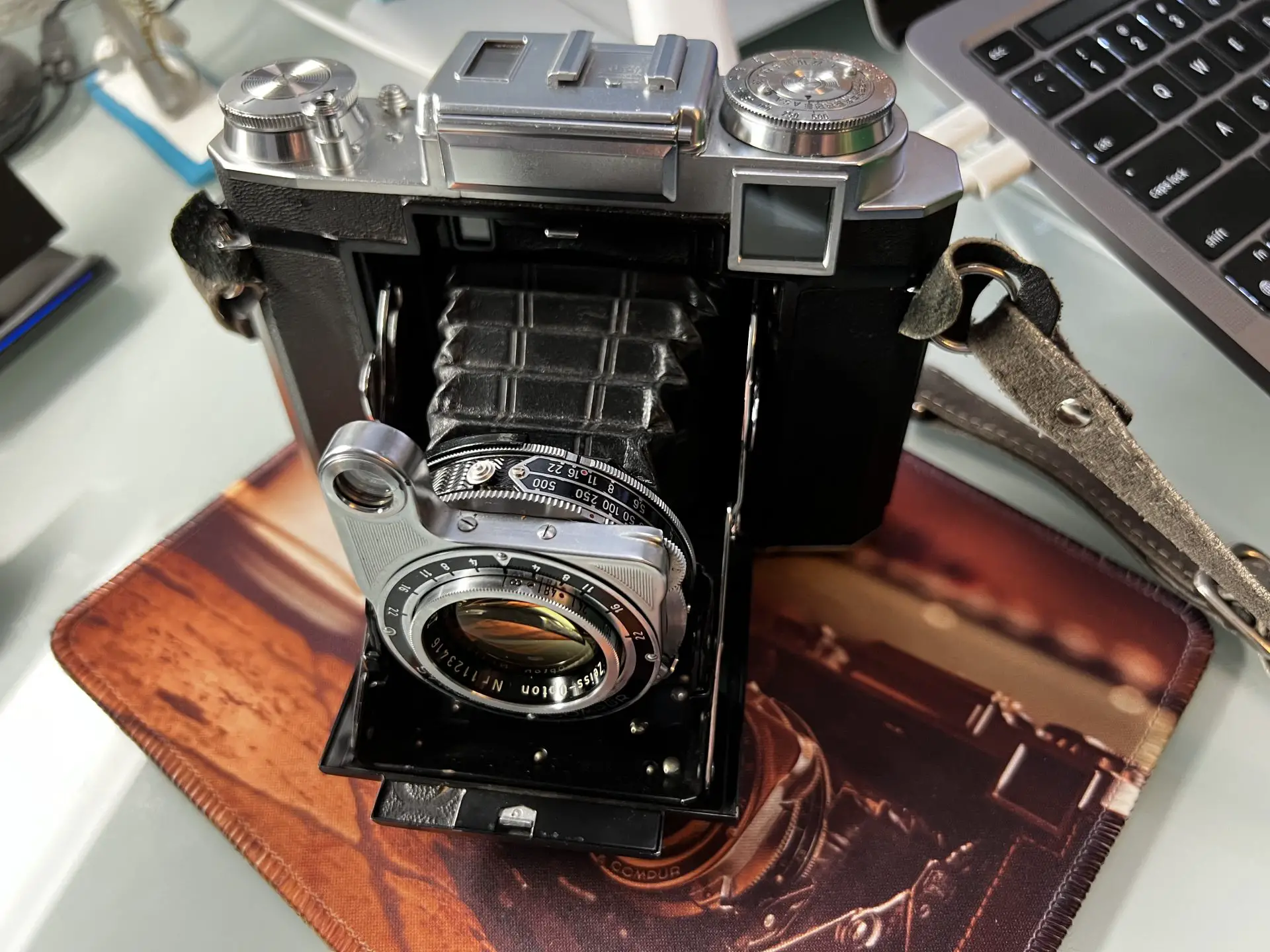








Comments
Zvonimir on More California History with the Zeiss Ikon Super Ikonta – By Eric Norris
Comment posted: 23/03/2023
Comment posted: 23/03/2023
Comment posted: 23/03/2023
Ibraar Hussain on More California History with the Zeiss Ikon Super Ikonta – By Eric Norris
Comment posted: 25/03/2023
You’ll find that much of Britain now is quite unrecognisable from when I was a kid - constant change: roads and buildings and stuff has made things depressingly soulless
Probably more culture and history in California - a place I’d love to visit one day!
And I’m looking at a later Ikonta but with scale focus and a 3 element lens !! Going to read your review now